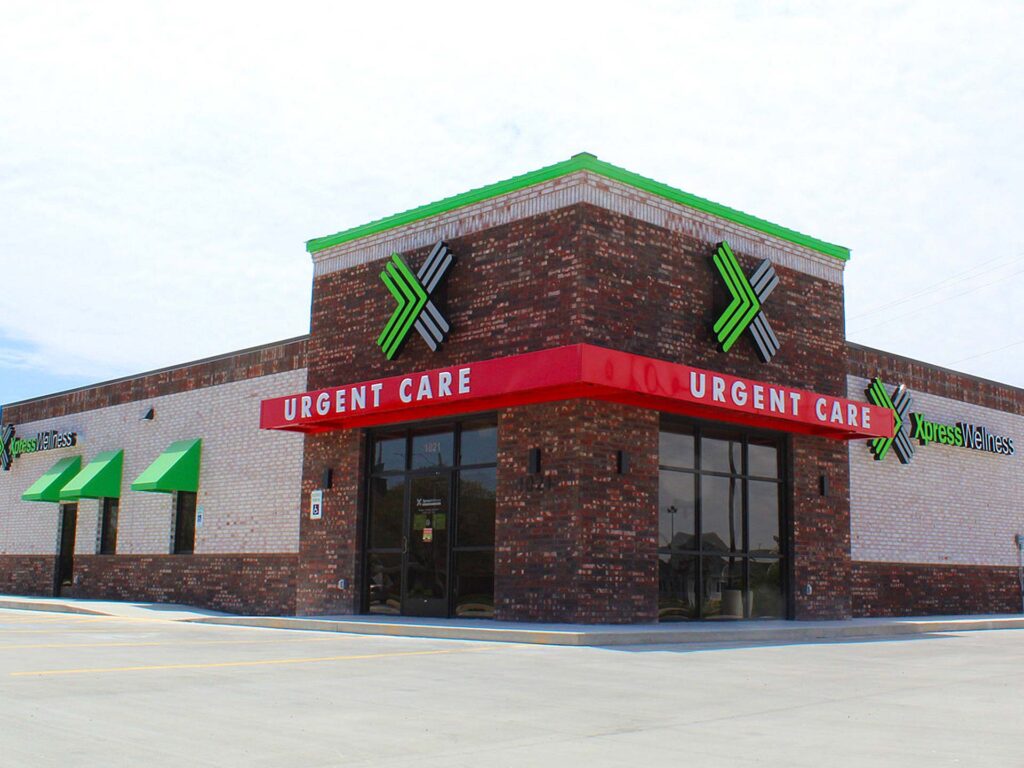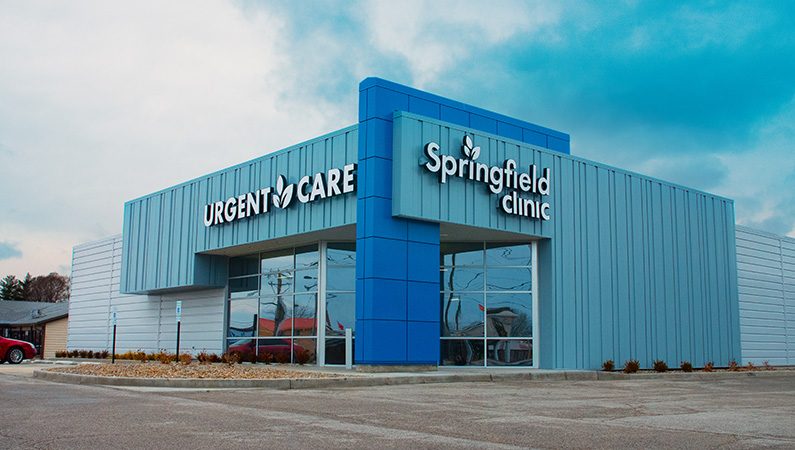How to Locate Trusted Urgent Care Clinics in Your Location
How to Locate Trusted Urgent Care Clinics in Your Location
Blog Article
Understanding the Role of Urgent Treatment in Offering Timely Treatment for Non-Life-Threatening Problems
Urgent treatment centers have actually emerged as an essential component of the health care landscape, dealing with the prompt needs of people with non-life-threatening problems. Recognizing the nuances of immediate treatment could considerably affect patient outcomes and the overall effectiveness of healthcare distribution.
What Is Urgent Care?
Immediate care describes a group of clinical solutions developed to resolve non-life-threatening problems that require immediate attention. These centers function as an intermediary between medical care physicians and emergency clinic, using a practical alternative for clients that need prompt care without the extensive waiting times usually associated with emergency divisions.
Immediate treatment facilities are usually staffed by doctor, including physicians, registered nurse experts, and doctor aides, who are trained to identify and deal with a large selection of conditions. Usual solutions supplied by these facilities include therapy for minor injuries, ailments, and infections, along with diagnostic examinations such as X-rays and research laboratory job.
The ease of access of immediate care is a vital consider its allure, as several centers run past routine office hours, including nights and weekend breaks. When their main care supplier may not be easily accessible, this extensive availability enables patients to receive prompt treatment. In addition, urgent care centers often approve walk-in patients, removing the requirement for consultations. On the whole, immediate care plays a crucial duty in the health care system, guaranteeing individuals can access necessary clinical solutions immediately and successfully.

Several people may find themselves unclear about when to look for care at an immediate treatment center as opposed to a medical care medical professional or an emergency situation room. Immediate care is designed to deal with non-life-threatening conditions that require punctual interest yet are not severe sufficient to warrant an emergency room see.
Usually, one need to think about immediate look after concerns such as minor cracks, sprains, cuts requiring stitches, or infections like urinary system system infections. Additionally, cool or flu symptoms, rashes, and sensitive reactions can also be appropriately managed in this setting.
It is very important to note that urgent care is not ideal for lethal emergencies, such as breast pain, difficulty breathing, or extreme blood loss, which necessitate immediate emergency situation space treatment.
Individuals who do not have access to a health care physician or can not safeguard a timely appointment may also benefit from immediate treatment solutions. Eventually, comprehending when to make use of urgent treatment can lead to extra effective healthcare shipment, permitting patients to get the ideal level of treatment based on their certain health and wellness needs.
Advantages of Urgent Treatment Centers
Choosing urgent treatment centers for non-life-threatening conditions provides a number of advantages that boost patient experience and access. One main advantage is the minimized wait times compared to traditional emergency situation spaces. Immediate treatment facilities normally operate a first-come, first-served basis, permitting clients to obtain timely medical interest without the long delays frequently connected with health center setups.
In addition, urgent care centers offer extended hours, including weekend breaks and evenings, fitting clients with varying routines. This flexibility makes sure that people can look for treatment when it is most practical for them, further advertising timely intervention.

Additionally, these facilities usually use a detailed variety of services, including small procedures and diagnostic examinations, all under one roofing. This debt consolidation of solutions not just streamlines the patient experience but likewise cultivates a more cohesive strategy to taking care of non-life-threatening health and wellness problems, inevitably profiting overall patient outcomes.
Usual Problems Treated
At immediate care facilities, a variety of non-life-threatening problems can be efficiently treated, offering people with accessible and prompt clinical assistance. These centers are particularly adept at attending to issues that need timely attention however do not position a prompt risk to life or arm or leg.
Usual problems treated at urgent treatment centers consist of small injuries such as strains, strains, and fractures. click now Immediate treatment centers are equipped to carry out necessary diagnostic tests, such as X-rays and research laboratory examinations, allowing them to offer detailed treatment.
Moreover, immediate treatment carriers can carry out inoculations, aiding to prevent the spread of contagious conditions - Urgent Care. They additionally provide services for minor treatments, such as suturing wounds or draining abscesses. By providing these varied services, urgent treatment facilities play an essential role in linking the void in between key care and emergency situation services, ensuring people obtain timely therapy for a variety of conditions without the demand for long wait times typically connected with emergency clinic
Exactly How Urgent Care Sustains Healthcare System
Urgent care facilities play a vital function in sustaining the total healthcare system by easing the concern on emergency departments and providing prompt access to clinical treatment for non-life-threatening problems. By taking see care of cases such as minor injuries, infections, and diseases, immediate care centers enable emergency departments to concentrate on even more crucial clients requiring immediate interest.
Furthermore, urgent treatment centers enhance medical care accessibility, supplying prolonged hours and an easier choice to conventional medical care setups. This availability is especially useful for patients who may not have a routine doctor or that call for immediate therapy outside of normal workplace hours. Therefore, urgent treatment centers successfully decrease wait times and boost patient contentment.
Additionally, immediate care centers add to cost financial savings for both patients and the health care system by giving lower-cost services compared to emergency situation departments. This monetary effectiveness is essential in an age of climbing medical care costs, allowing people to get required treatment without incurring expensive expenses.
Conclusion
To conclude, immediate care centers play an important function in the medical care system by providing timely therapy for non-life-threatening conditions. By bridging the gap between medical care and emergency clinic, these centers ensure that clients get timely clinical focus without the prolonged delay times generally related to emergency situation divisions. The availability and efficiency of immediate treatment centers add dramatically to minimizing the general burden on healthcare sources, boosting patient results, and advertising a more efficient healthcare delivery system.
Urgent treatment facilities have emerged as a vital part of the health care landscape, dealing with the prompt needs of people with non-life-threatening conditions. Immediate care brows through typically incur reduced out-of-pocket about his expenses compared to emergency situation division gos to, making care a lot more affordable for individuals without compromising top quality. Immediate care facilities are equipped to carry out essential analysis tests, such as X-rays and laboratory examinations, enabling them to provide comprehensive treatment.
By providing these diverse solutions, immediate care facilities play a vital duty in linking the space in between key treatment and emergency services, making sure individuals obtain timely treatment for a large array of problems without the demand for long delay times usually connected with emergency situation rooms.
Additionally, urgent care centers boost medical care accessibility, providing extensive hours and a much more practical choice to conventional key care settings.
Report this page